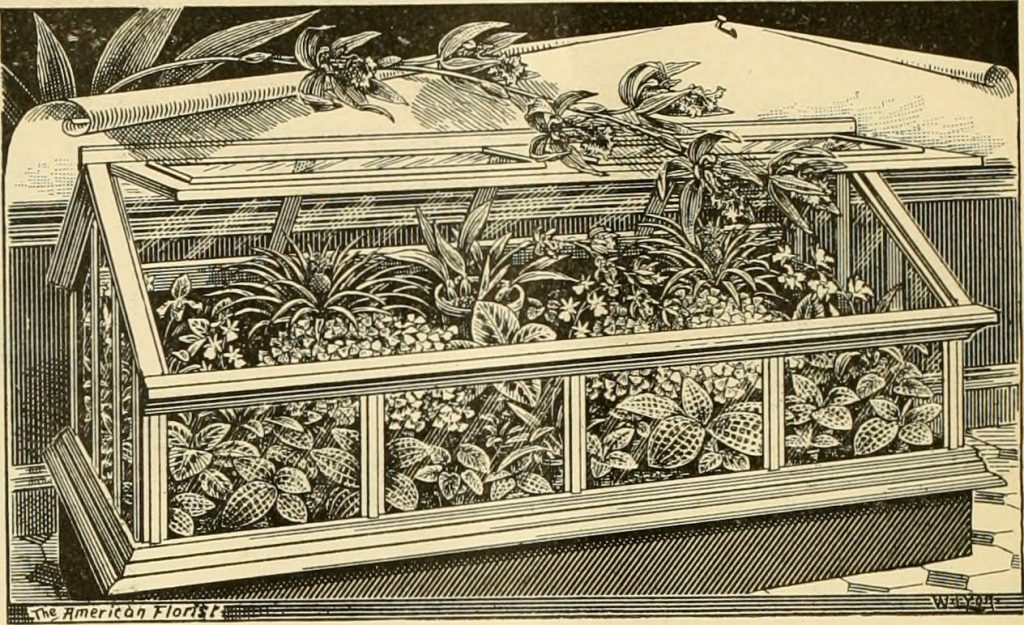From luxurious ferns to prickly cacti, it seems like a house isn’t a home without a house plant. With gardens an unachievable dream for many and a desire to be connected with nature grows, indoor plant sales have boomed. It’s no wonder that young adults, who are least likely to own their own homes and highly likely to have environmental concerns, account for the largest percentage of house plant sales with millenials making up one third of house plant sales in the United States of America. Some individuals are particularly fanatic about indoor plants with hundreds of house plants in their care, perhaps inspired by the over 15 million posts that can be found in #plantsofinstagram. It’s clear that house plants are incredibly popular.
But where did all of these indoor plants come from? It may be surprising to hear that they have been around for over two thousand years. Garden exhibitions in ancient China featured potted plants and evidence suggests wealthy individuals in ancient Egypt and Rome (amongst other places) had house plants. However, it seems they were not yet the wide-spread phenomena they are today and instead limited to the upper classes.
During the 18th century, the industrial revolution and European colonialism resulted in greater availability of plants and improved conditions for taking care of them. Over five thousand species of tropical plants well-suited to being grown indoors were brought to Europe by explorers and botanists. This coincided with a boom in plant nurseries which made it easier than ever to buy or rent impressive plants. At the same time, homes began to have larger windows which provided more sunlight for house plants and ceramic manufacturers began to develop high numbers of plant pots. The opportunity to acquire and care for a plant become far more accessible than previous centuries but it was still largely limited to the upper classes.

Wardian Case – Flickr: Internet Archive Book Images
The real turning point for house plants came in the 19th century when house plants experienced a notable rise in popularity amongst the middle class. Palms, geraniums and ferns were particularly popular and some of them were grown in an early form of terrariums known as Wardian cases. Conditions continued to improve for indoor plants as the golden age of English conservatory building began.
In the 20th century, the commercialisation of indoor plants took off. Mass commercial production began and, during World War 2, indoor plants spread from the home into the work place. During the post war period, this commercialisation intensified and garden centres became common-place. Various movements, such as the environmentalist and hippy movements, featured plants and public spaces like shopping malls began to do the same. With the introduction of social media in the 21st century and a lock down forcing people indoors, house plant sales increased more than ever and their current popularity was established.
House plants are more popular than they’ve ever been but it’s clear that this isn’t a brand new trend; they have a long history across the globe. Across all time periods and continents, humans have invited plants into their homes, cultivating meaningful connections with nature. The most notable difference is that this practice is no longer restricted to the upper classes; everyone is invited to find and nurture the house plant of their dreams.
Image: Leonie Christine on Unsplash

THIS WAS THE BEST THING I HAVE EVER READ. I LOVE HOUSEPLANTS 💕